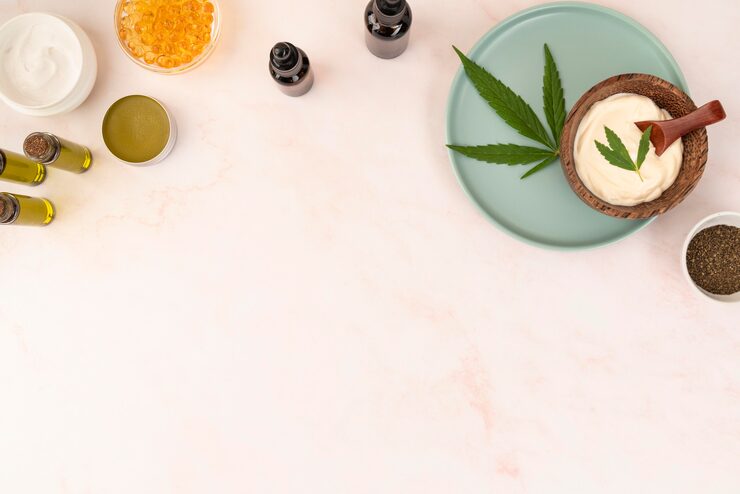More people are using prescribed cannabis for health reasons, so it’s important to understand how it’s taken. There are two main ways: prescription cannabis oil and vaping the flower.
This article compares those approaches, looking at how well they work and what patients prefer. Prescription cannabis oil is easy to dose, which helps people who need consistent treatment. It can be used discreetly at home—helpful for ongoing issues like chronic pain and anxiety. Vaping the flower, on the other hand, works fast to relieve sharp pain and nausea.

Vaping also delivers the full range of plant compounds, which can make the treatment more effective for some people. Each method suits different needs.
Research is still learning the best medical uses for cannabis. In the UK, only doctors can prescribe it, and it must be supplied by approved sources. These rules are in place to keep use safe and legal, ensuring patients get the right treatment while protecting public health. Choosing between the two methods depends on your medical needs, how quickly you need relief, and your personal preferences.
Understanding Prescription Cannabis Oil
Prescription cannabis oil is becoming an important option for long-term conditions. It’s usually made from cannabis flowers using methods like CO2 extraction, which keeps it pure and concentrated. It contains cannabinoids such as CBD and THC.
Doctors often prescribe cannabis oil for conditions like chronic pain, epilepsy, and multiple sclerosis because it allows for accurate dosing. That helps patients get effective treatment without taking too much. It’s also discreet—taken as drops under the tongue or mixed into food—which many patients prefer. Uses for prescription cannabis oil continue to grow.
Exploring Vaping Medical Cannabis Flower
Vaping medical cannabis offers fast relief for many symptoms. Unlike smoking, vaping heats the flower without burning it, which reduces harmful byproducts.
This method is great for immediate relief from things like sudden pain or anxiety attacks. Relief can start within minutes, making vaping useful when you need quick help. It also preserves cannabinoids and terpenes, so users get the full mix of plant compounds—often called the “entourage effect.”
For people who want fast relief without the mess of smoking, vaping medical cannabis flower is a popular choice. It delivers quick effects while keeping the plant’s natural benefits.
Comparative Analysis: Onset Time and Effectiveness
When choosing medical cannabis, many people consider how quickly it works. Prescription cannabis oil and medical cannabis flower differ in how they act, how long their effects last, and how strong those effects are.
– Onset Time: Vaping works fast because the vapor goes into the lungs and then the bloodstream, taking effect in minutes. Prescription cannabis oil is swallowed and processed through the digestive system, so it takes longer—usually 30 minutes to 2 hours—to begin working.
– Duration of Effects: Vaping gives strong, short-lived relief, typically lasting 1 to 3 hours, which suits sudden pain. Prescription cannabis oil lasts longer—about 4 to 8 hours—which helps manage ongoing symptoms.
– Intensity and Control: Prescription cannabis oil lets you measure doses precisely for steady symptom control. Vaping provides a rapid, potent effect that’s useful for acute episodes.
User Experience and Preferences
How you take medical cannabis affects the experience. Vaping is quick and simple, ideal for sudden pain or anxiety because it delivers relief fast through the lungs.
Prescription cannabis oil is taken by mouth and is more discreet, making it suitable for use at work or in public. It lasts longer but takes more time to start working, so it’s less useful for immediate relief but better for ongoing symptom control.
Vaping generally smells less than smoking and is easier to set up. It allows choosing specific strains and fine-tuning doses, which many users like. If you want something simple with less frequent dosing, prescription cannabis oil may be a better fit.
Choosing Your Path: Cannabis Treatment Decisions
Both methods have strong points: one gives precise dosing and privacy, the other provides quick relief and a broader range of plant effects. Speak with your healthcare provider to get advice based on your health and lifestyle so you can pick the method that best fits your treatment goals.